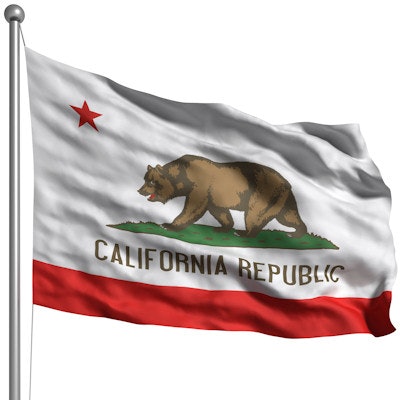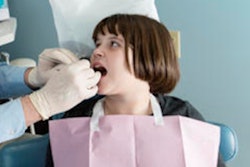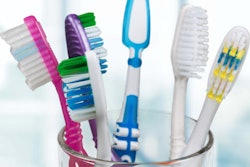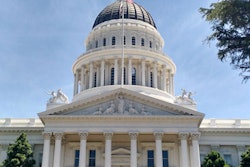
Low-income adults in California are less likely to receive timely dental care and more likely to visit the dentist for specific problems than those with higher incomes, according to researchers from the University of California, Los Angeles (UCLA) Center for Health Policy Research.
The analysis of 2017 and 2018 data from the center's California Health Interview Survey found that 59% of the adults with the lowest incomes (at or below 138% of the federal poverty level) had seen a dentist in the last year, compared with 80% for higher-income residents (at or above 250% of the federal poverty level).
That trend also held true for low-income residents who had health insurance: 75% of the lowest-income adults with private health insurance had a dental visit in the past year, compared with 85% of the highest-income adults.
In other results, 64% of the lowest-income adults had public dental insurance through Medi-Cal, while 16% had private insurance and 20% had no insurance at all. Of those with Medi-Cal, 41% had visited a dentist in the past six months, compared with 56% of those with private insurance. They were also more likely (43% vs. 31%) to have seen a dentist for a specific problem, according to the researchers.
"Our findings indicate that dental insurance improves access to dental care for all, just as the rising tide lifts all boats, but income disparities in access still remain," said lead study author Nadereh Pourat, PhD, in a statement from UCLA. "Oral health is an integral part of overall health, and the lowest-income individuals have the least access and suffer the consequences. It is important to break down silos that perpetuate disparities in access to dental care. We can start by promoting parity in dental insurance."



















